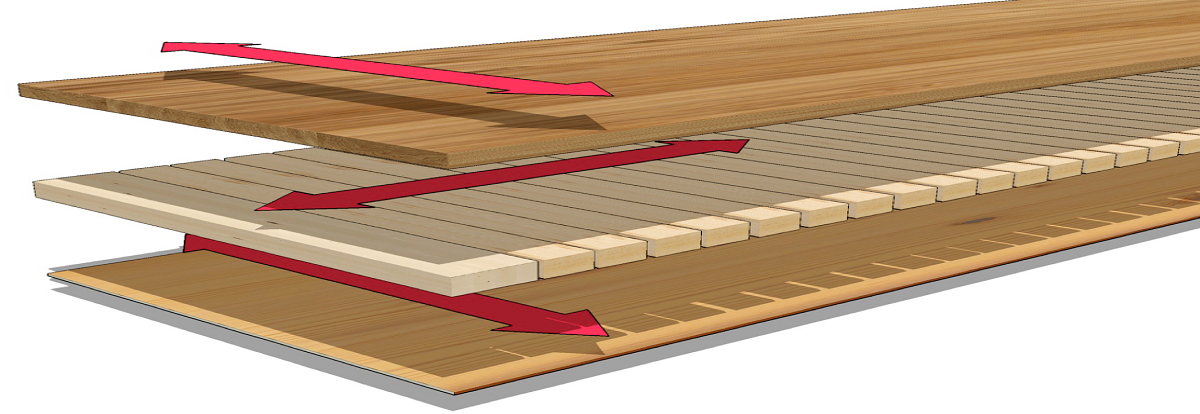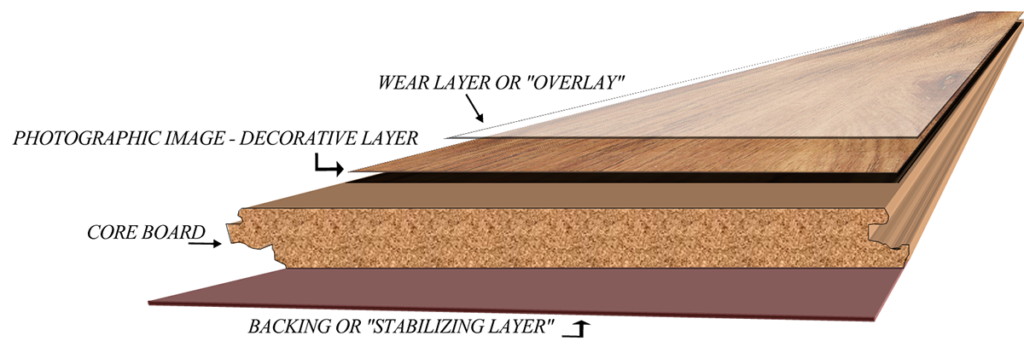- 09 Nov, 2020
HOW TO DIFFER NATURAL WOODEN PARQUET FROM LAMINATE?
There are many people are buying laminate thinking it is a natural wooden parquet flooring.
Maybe, it consists of wood but it is wood fiber, in other words, the remains (dust) after sawing of the log. Moreover, very often consumers are paying for laminate the price of natural wood.
What is the difference?
Let’s talk about three main floor types: solid wood planks, engineered planks, and laminate flooring.
Solid plank parquet is a solid piece of wood. Whereas, laminate and engineered wood flooring are man-made product. These two types are sometimes confusing because they can look similar.
DIFFERENCES BETWEEN TWO TYPES OF FLOORING
Engineered wooden planks made up of 3 and more layer:
- The top layer-veneer is solid hardwood, most often the Oak (3 – 6 mm a higher quality);
- Core layer(s) laid at 90° angle to the layer above (it makes the floor stable and reduces % of expansion and contraction);
- Balancing layer (usually the same type as a top layer but can be different).

Laminate IS multi-layer synthetic floor imitating wood made up of 4 layers:
- Transparent protective layer;
- Printing layer imitates the wood or super-thin veneer layer;
- Inner core (dense wood fiber);
- Back layer (plastic, serves to protect against moisture).

PROS and CONS
There are many benefits to use a natural wood flooring, it is a great option because can be sanded and refinished multiple times. Also can change the colour to match the new interior. The downside is the price for wood floor is higher than laminate at least by 100% for supply and installation. The advantage of having the real wood flooring is that houses have a greater resale value.
While laminate is easy to clean and is resistant to light scratches, any material damage will require the area to be replaced. Unfortunately, It is not possible to sand or refinish the laminate because of its structure. As a result of its lower price, laminate won’t do much for your home’s resale value.
Even so, when you are choosing the material, ask for a technical data sheet and do no think just about the initial cost but also the return on investment.

